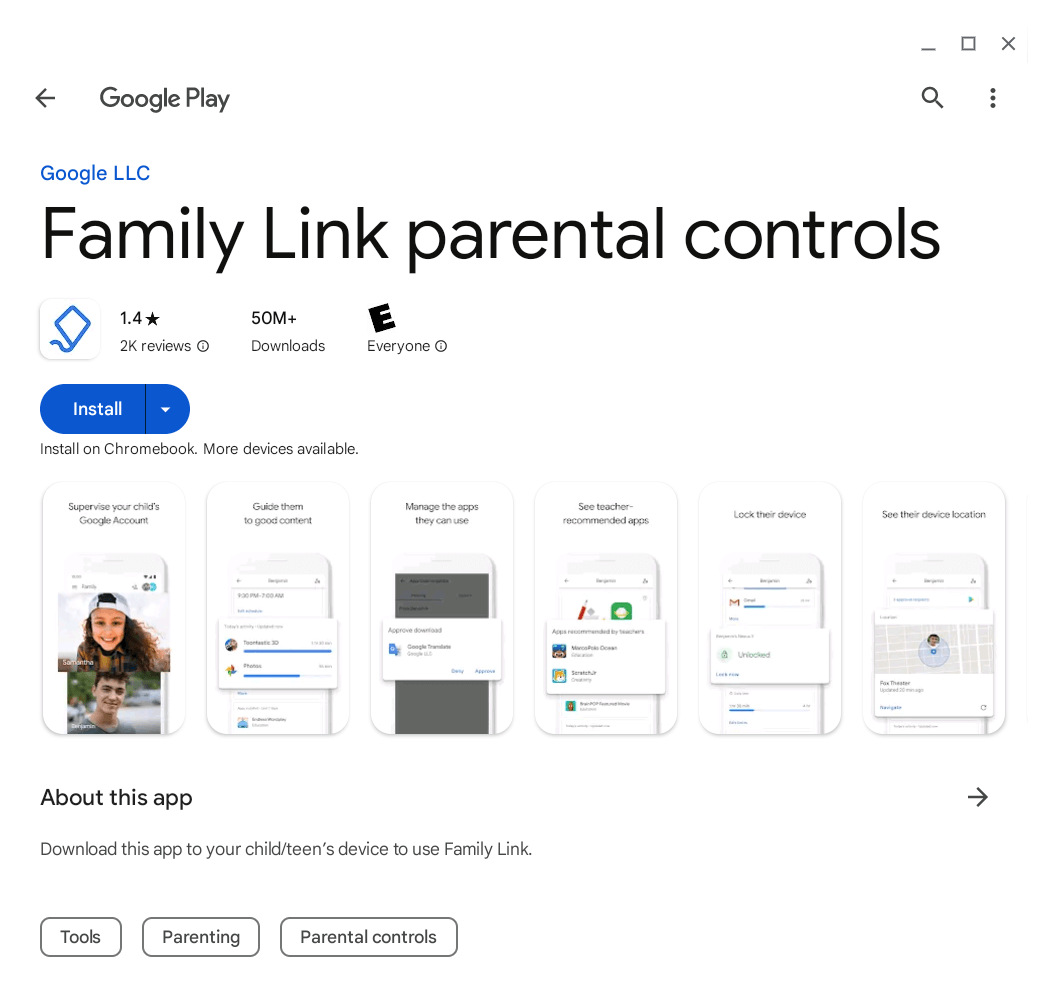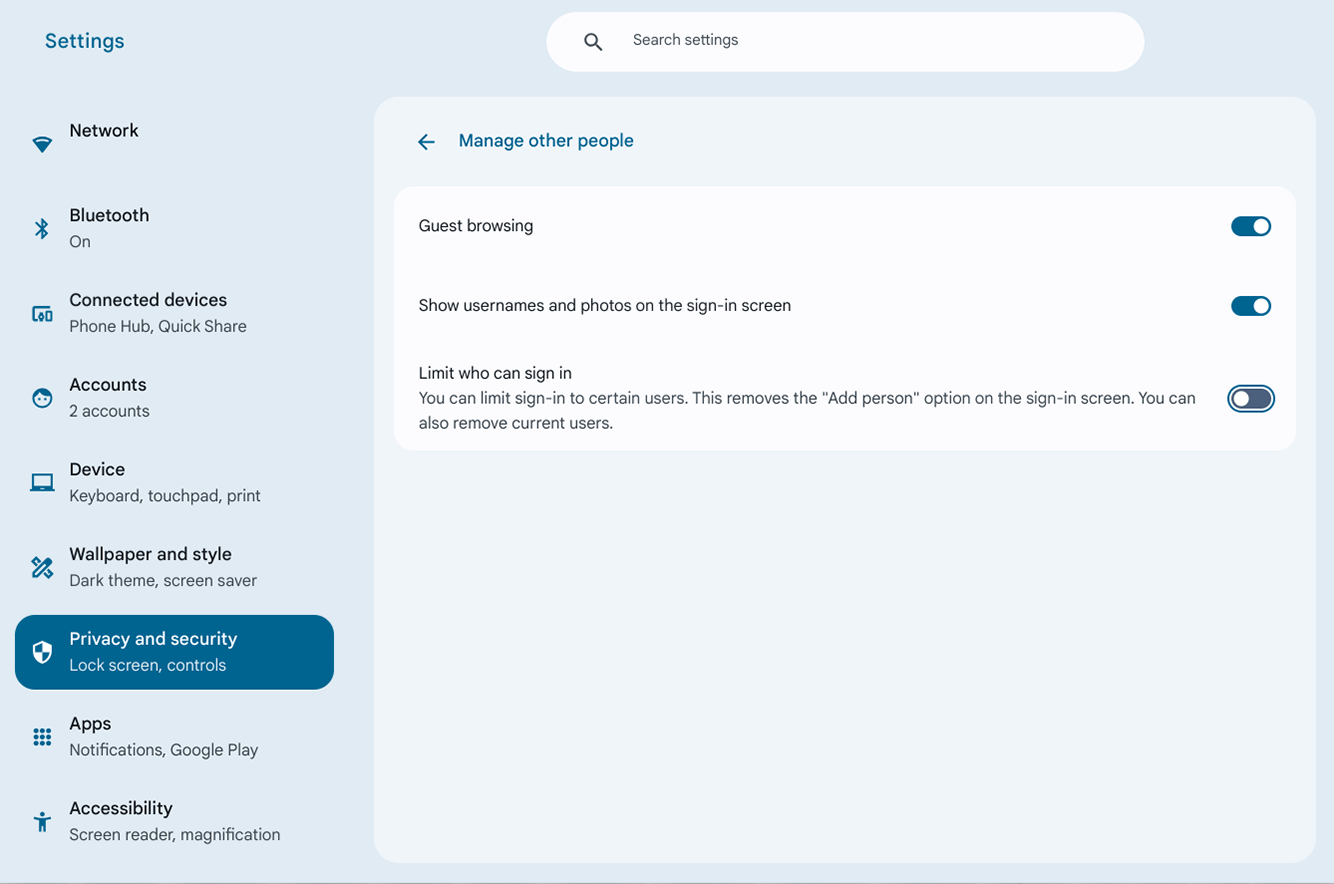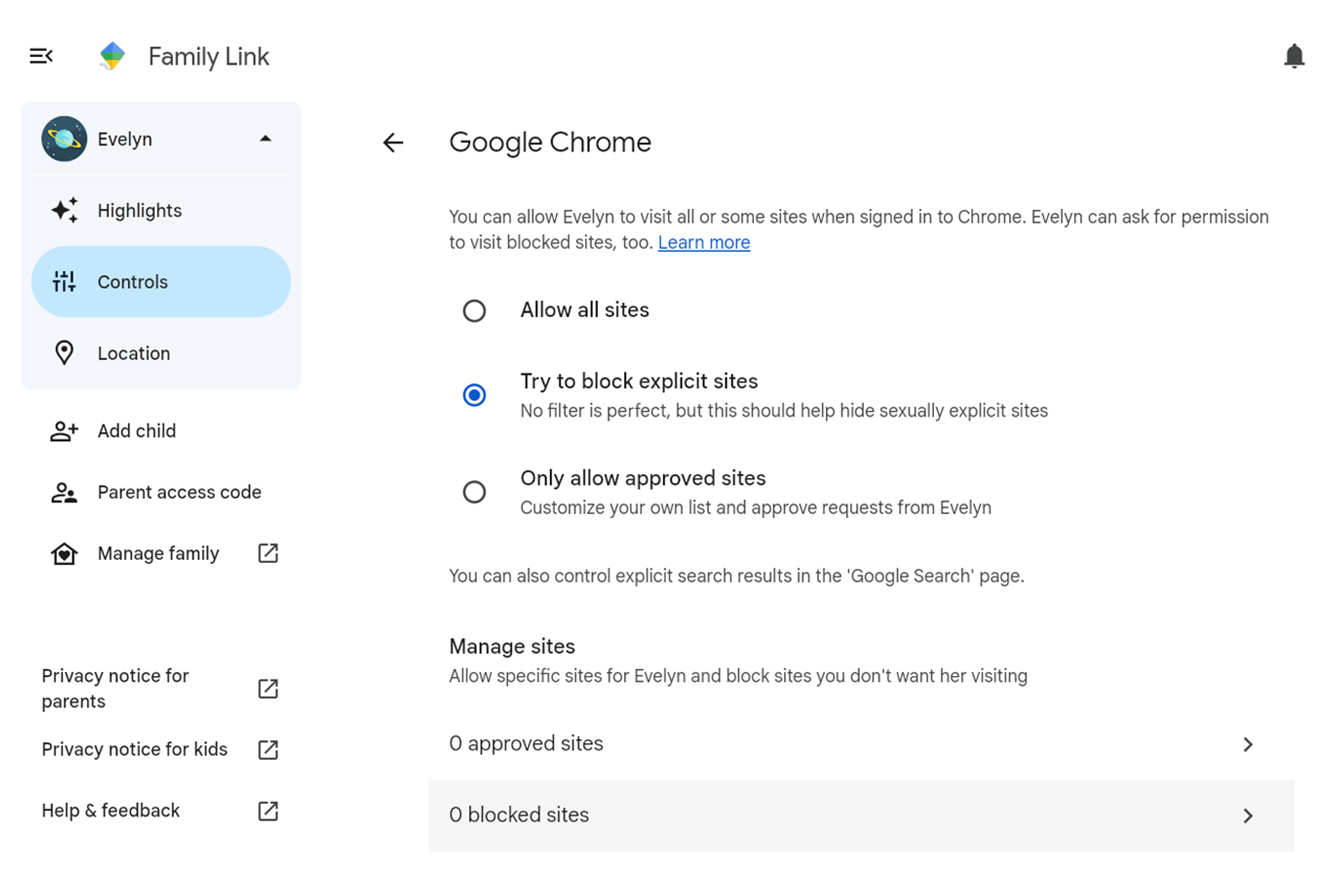As kids head back to school this fall, many can expect at least some aspect of their education to happen digitally. Schools are increasingly turning to laptops for parts of their instruction, and one of the most popular ones is the Google Chromebook. Read on for everything you need to know to get set up for success this academic year, whether your school is providing a device or you’ve purchased your own.
A Chromebook is a simple, user-friendly laptop that has surged in popularity recently. They're fairly straightforward machines that run on the Chrome Operating System—and they've been a popular choice for parents and schools who want to give kids access to technology. Unlike traditional laptops with local storage, Chromebooks rely on cloud storage, and much of their functionality is web-based. While some apps can be downloaded and used offline, to get the full Chromebook experience, users need to be connected to the internet.
Like any device that connects kids to the world wide web, the Chromebook comes with some risks. It's a good idea for parents to take some time and familiarize themselves with safety settings before letting kids explore on their own. Below are tips for setting up parental controls on a Chromebook.
Setting up Google Family Link
Chromebooks don't actually come with parental controls built-in; rather, those permissions are all managed via the Family Link app. This is available for both iOS and Android, so no worries if your device isn't on the same operating system.
Simply download the app, login with your Google account credentials and then follow the instructions to create an account for your kid. When you create a supervised account for them via the Family Link app, any Google device they login to will be under your supervision.
But wait! Before Google offered the option for kids to set up email addresses, many children created accounts by fudging their age. If you're hoping to connect their existing email address to your Family Link account, read this article before you update their age because otherwise, you might end up getting locked out.

Making yourself the owner of the Chromebook
The owner of a Chromebook is like the administrator for a PC or Mac computer. Owners are in charge of the permissions and settings, so it's important that you set your device up to give you access. The first user to set up the Chromebook becomes the de-facto owner, but if your child has already set themselves up as the owner, no sweat! You can do a factory reset and set yourself up as the new owner.
If you're using a Chromebook from your kid's school, it's likely that the school is set up as the owner of the device. That's not a problem, as long as they have all the proper controls in place. You can easily check in on the suggestions below, and if you need anything updated, simply send a request to the IT team.
Adding your kid as a user on Chromebook
Setting your kid up as a user will allow them to use the Chromebook via their Google account. It's important to set them up as a user so that you can manage parental controls through the Family Link app.
To add your kid:
- Sign out of your Chromebook
- On the bottom of your lock screen, click "Add person"
- Enter their Google email and password, and then click "Next"
- Follow the rest of the steps for set up!
Pro Tip: Once you've added your kid as a user, make sure you restrict sign-in permissions for the Chromebook. This will ensure that only your kid has access to the Chromebook—and only via their official account connected to your Family Link app.
- Sign in as the owner of the Chromebook
- Click the bottom right corner (where the time, battery power and wifi are displayed)
- Click the gear icon
- Select "Privacy and Security" and then "Manage other people"
- Toggle "Restrict sign-in to the following users:" on
- Add your kid's credentials

Turning off Guest Browsing for Chromebook
Guest Browsing allows anyone to login as a guest and use the Chromebook without leaving a web history. Think of Guest Browsing like incognito mode in a Chrome browser. If you don't disable this feature, your kids can potentially bypass the controls you set up, so it's an important step in keeping your Chromebook secure.
To disable Guest Browsing:
- Sign in as the owner of the Chromebook
- Click the bottom right corner (where the time, battery power and wifi are displayed)
- Click the gear icon
- Select "Privacy and Security" and then "Manage other people"
- Toggle "Enable Guest Browsing" off

Managing website access on Chromebook
There are a few different filtering options that let you manage website access through the Family Link app. These options include:
- Allow all sites: this gives you kid access to all websites unless you have specifically blocked them.
- Try to block mature sites: this option will (in theory) prevent your kid from visiting sexually explicit or violent websites. But bear in mind that no filter is bulletproof!
- Only allow certain sites: as the name suggests, your kid will only be able to visit website that you pre-approved.
In order to manage websites:
- Open your Family Link app and select your kid
- On their Settings card, select "Controls" and then "Content Restrictions" and then select “Google Chrome”
- Select the filtering option that's right for your kid
- Select "Manage sites" to manually block specific websites
Pro Tip: you can also monitor your kid's browsing history by opening Chrome and selecting "More" and then "History" in the top right corner.

Managing app download and app purchase permissions on Chromebook
You can restrict your kid's ability to download or purchase apps on the Chromebook:
- Open your Family Link app and select your kid
- On the "Device" card, select "Controls" and then "Content Restrictions" and then select “Google Play”
- Select a permission and switch it off below your kid's device
Once your kid's Chromebook is set up, it's a good idea to have a conversation about your expectations for use as well. After all, parental controls are only one tool in the digital parenting toolbox. Make sure you check in regularly and have an ongoing dialogue about appropriate tech use. And, set aside some time to explore the digital world together! When you're engaged and interested in your kid's online life, it's that much easier to help them grow into responsible digital citizens.
And, if you're looking for kid-friendly platforms to enjoy on your phones or tablets, the Kinzoo app is a great way to ease kids into the digital world—and it's free to download.

Image credit: FG Trade / Getty Images



























